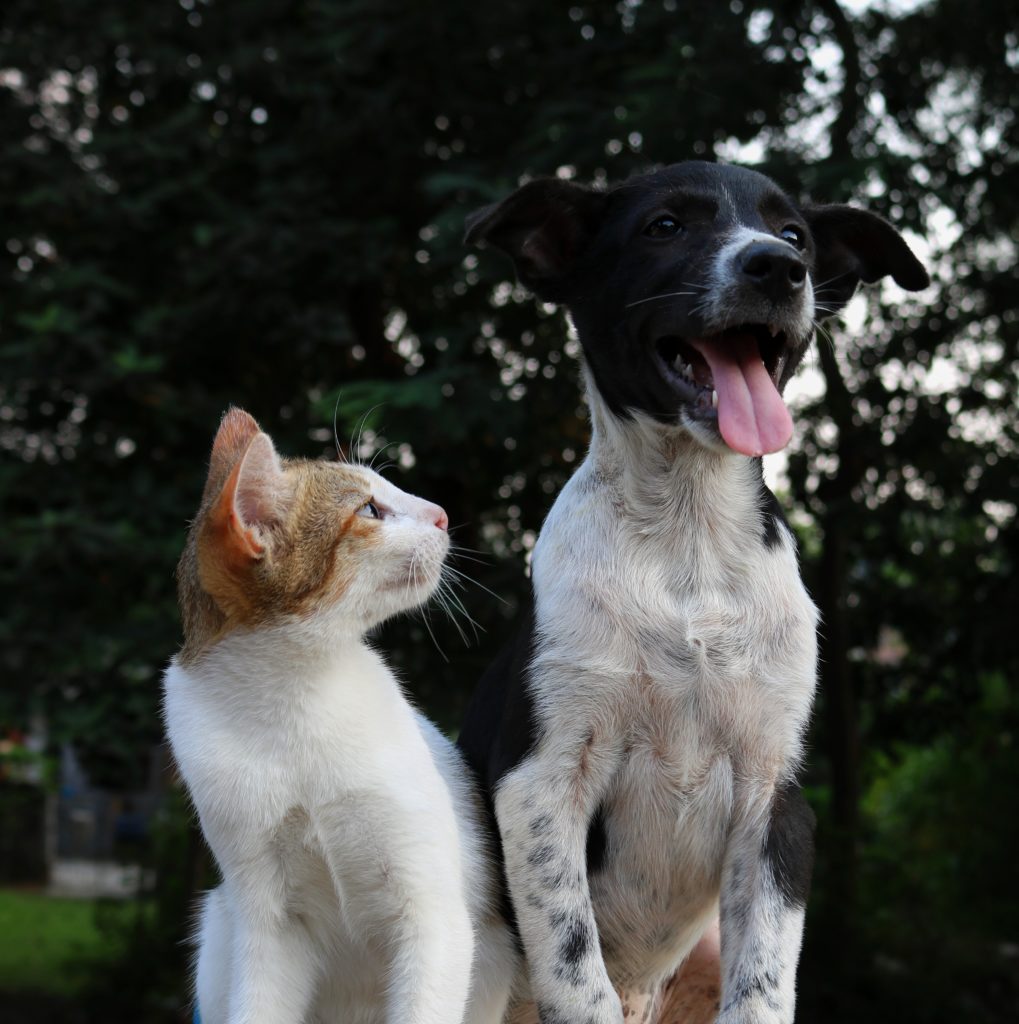 Yes! That’s the short answer. The medium-sized answer is that spaying and neutering is a healthy, responsible choice that can improve the life of your pet. Now, if you need more convincing, read on for the longer answer and find out why these procedures can benefit your furry friend and the animal community at large.
Yes! That’s the short answer. The medium-sized answer is that spaying and neutering is a healthy, responsible choice that can improve the life of your pet. Now, if you need more convincing, read on for the longer answer and find out why these procedures can benefit your furry friend and the animal community at large.
What’s Happening?
The decision to spay or neuter your pet is one of the most important choices that you’ll make as an owner. First, some quick clarification of medical terminology:
- Spaying: removal of the ovaries and uterus of female pets.
- Neutering: removal of the testicles of male pets.
Rest assured, both spaying and neutering are routine, minimally-invasive procedures. Pets are fully anesthetized during the surgery, so they do not feel any pain. After the procedure, pain medication can be administered to minimize any discomfort. In no time (a few hours to a day), your dog or cat will be back to her normal – i.e. energetic, playful, loving, hungry, treat-loving, attention-hogging – self.
Ok, so we know spaying and neutering is completely safe. What are the benefits?
It’s good for their health!
Did you know that when you spay your dog or cat, you help prevent uterine infections and breast cancer? The latter is fatal in 90% of cats and 50% of cats; dogs who are not spayed are four times more likely to develop mammary tumours than dogs spayed after only two heats, and 12 times more likely than a dog spayed before age one. Unspayed cats are seven times more likely to develop mammary tumours.
Don’t worry; your male pets benefit as well. When you neuter your cat or dog before he is six months old, you can help prevent testicular cancer. It also curbs behaviour that can put your pet at risk. Neutering eliminates sex drive, and this decreases the likelihood that your pet will run out of the house, exposing himself to disease, injuries from fighting, and cars. Neutering decreases roaming in most (90%) of dogs.
Unneutered cats are more likely to fight, and this puts your pet at risk for deadly diseases which are transmitted through bites. FIV (Feline Immunodeficiency Virus) is incurable, and FeLV (Feline Leukemia) can be fatal.
These simple procedures are a lifesaver.
It’s good for the cat/dog community!
Every year, 2.4 million healthy, adoptable cats and dogs are euthanized. Millions more live their lives in shelters, the quality of which varies dramatically. Loneliness, isolation, lack of socialization and stimulation are all too common. One of the reasons that shelters are overrun is because owners fail to spay or neuter their pets.
Additionally, spaying and neutering helps keep stray animals off the streets, where they can impact the safety of the community and put themselves at risk for injury, disease, and, of course, more unplanned litters.
It’s good for your wallet!
Depending on your area and vet, neutering costs about $50 to $100. Spaying is more complicated, and the procedure is about $100 to $200. The cost is typically higher for females who are overweight, in heat, or pregnant.
Here’s the good news: this is less than the cost of properly caring for even one litter of puppies or kittens. The procedure will also help you avoid pet health care costs by reducing the risk of cancers, injuries, and disease.
And there is more good news: many clinics, shelters, and local governments offer subsidized spay/neuter programs. You may pay as little as $20 for neutering and $30 for spaying.
Safe, healthy, responsible, and cost-effective, spaying and neutering is a smart decision. These routine procedures help improve your pet’s life – and yours.


